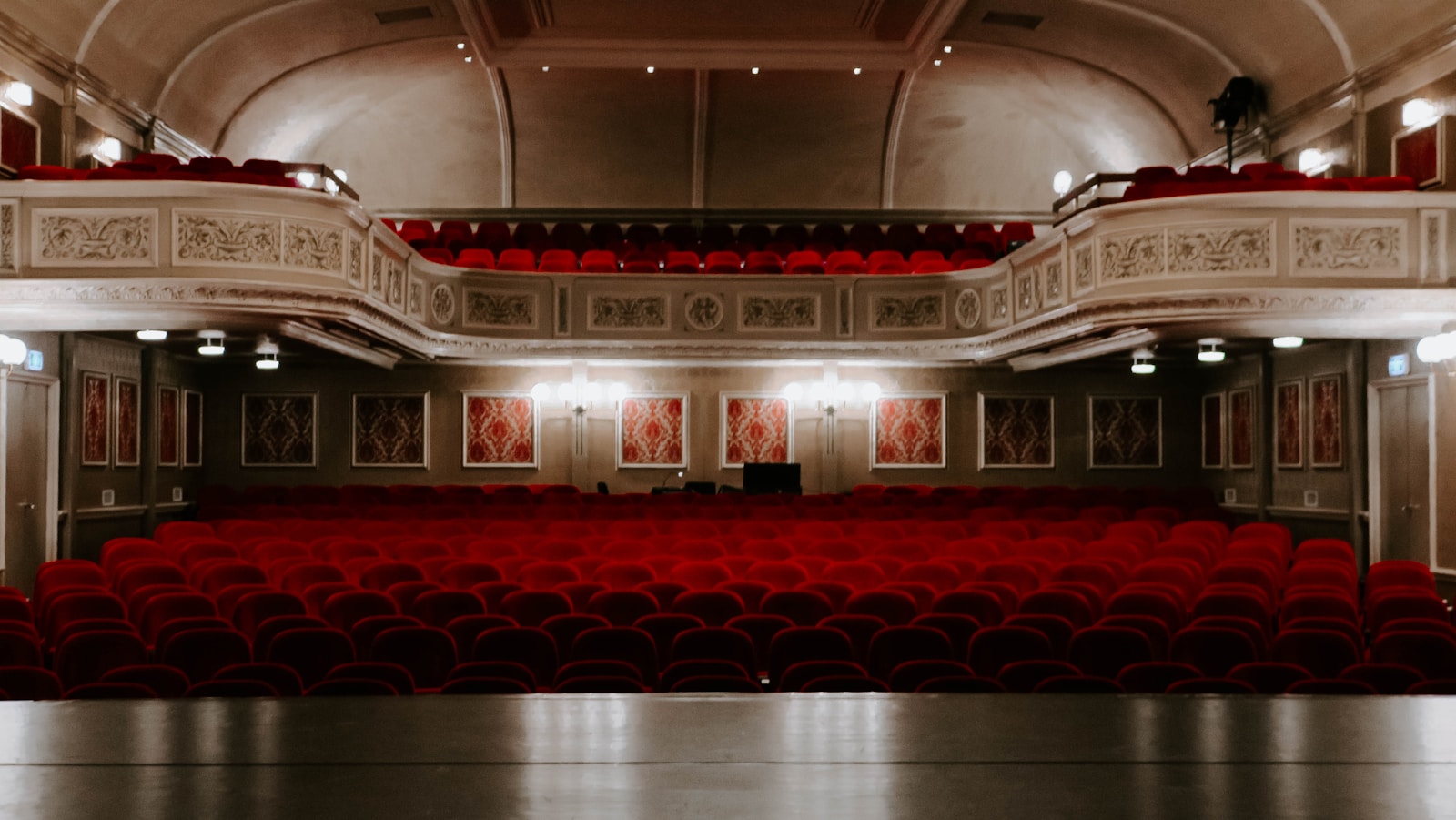
Consultant Mike Morrison looks ahead to how organisational development will be perceived in the coming year, and asks whether it will lay the groundwork for a true path towards strategic development?
In the past, organisational development (OD) was mainly concerned with the three S’s of an organisation – structures, staff and skills.
Specialists and consultants practicing in OD would look at an organisation and identify its stage of growth or maturity. This would form the basis of a ‘diagnosis’ and an initial plan for change and developmental action.
There are many variants of these models. Many of the growth or maturity models describe the organisation in the way humans grow and develop; the assumption being that organisations are like humans, in that there is an organic order and structure to their ‘developmental’ needs, and the way they grow and change.
These models (and there are many like it) are fine in simple single product or process organisations, however, I have yet to find one that ‘holds water’ in an environment which has products at various stages of development, or reflects the way that organisations have access to funding and expertise in the business world today. The industrial age in which these models were developed has long gone.
Once beyond the initial entrepreneurial or start-up phase, the pace of change in an organisation is different and the pressures affecting each function and ‘product line’ vary considerably.
In the current stages of change within our business world, we need to look at all of these stages within all organisations – as some die others are born – this is as much as the ‘circle of life’ as it is organisational maturity in the way the concept was initially conceived in the 60’s and 70’s.
Times, as they say, are a changing
We are now in a time where many of the products and services we deliver now did not exist five years ago, and the likelihood is that in five years’ time, the products and services we will be delivering to our customers would have changes several times.
The concept of the product life cycle is potentially valid, but the reality is that by the time you can plot where a product is on a life cycle curve, the product is out of production. We therefore need to look for different ways of developing and managing our organisations.
A change of focus
Rather than look at single elements of an organisation, we need to start being more strategic. And we are not just talking about looking at the people aspects. As organisations become more fluid and adaptable, managers, teams and individuals need to develop stronger skills in developing others.
This means more than empowerment and devolvement. It means a whole new way of working. This is particularly true for HRD professionals.
Some organisations have started to explore matrix structures. To survive in the rapidly changing time ahead, we will all need to adapt to matrix structures. Many organisations have explored matrix management (or multi-disciplinary) teams for change processes and project management activities.
The challenge for the future is how to harness these structures and attitudes for frontline staff. One day working on product X, the next providing customer service on service Y. Some of the organisations in the retail sector have embraced this way of working for some years. The healthcare sector have tinkered around the edges.
For HR and HRD this will mean working differently. And I am not just talking a change of function name again. For us to work and deliver strategic advantage, we need to start to look at the way we undertake OD activity in a truly holistic way.
This means OD teams (not individuals) need to start looking beyond the traditional people and structures, into finance, marketing and operations of a business. Teams must also recognise that there will be core and local cultures, processes and management styles.
Teams will be required, not because of the volume of work, but due to the sheer diversity of what we need to review. There are few people that can keep up with current thinking in one area, let alone across the whole gambit of an organisation’s functions.
For OD to deliver strategic advantage, we will need to embrace the following, within the context of management style and corporate values:
- People
- Resources
- Innovation
- Marketing
- Operations
- Finance
In the past, we have been strategically involved in the people aspects and, to a limited extent, resources. But to be truly strategic we need to encompass all of these areas and ensure that any change in one area does not have a negative impact on another. Perhaps it is time for those of us in OD to start looking at it as a strategic advantage.
Traditionally, HR and HRD have been isolated from the strategic business advisers, often reporting to different parts of an organisation. Perhaps it is now time to look towards integration?
Holistic organisational reviews like this require different skills and often a small team with diverse experience and competence.
This in itself presents us with a challenge. Will our directors recognise our contributions in the context of finance, marketing and operations? How can we build credibility? Is it time to move away from simple relationship building to the development of strategic alliances with our functional colleagues? For they too will be feeling the pressure as the pace of change speeds up.
The change away from the ‘softer’ and legal aspects that our managers have learnt to expect, to a role that is at the heart of growing and developing our organisations, will be an interesting journey.
That is not to say that what we have been doing is wrong. There is still an ongoing need for this activity. But to be more strategic we need to take a radical approach. Identifying who does what will be one of the first critical steps each of us makes.
Conclusions
For HR and HRD to become truly strategic we need to change our focus from people, to how people interact with systems and processes. This is true OD, and I suspect the way forward for the HRD profession. This means, as professionals, we need to move towards understanding business, finance and operations, in order to add real value.
Mike Morrison is director of RapidBI, a consultancy organisation specialising in organisational development tools and business improvement methods. Over the past 10 years, he has coached and supported hundreds of managers and organisations in the development of both individuals and the organisations in which they operate.










2 responses
Need is more systemic ?
Hi Jo
Thanks for your comments.
There are many management models that have been developed over time to meet the needs of one organizational context or another.
At the time, and in a given context – yes I am sure they added value – but as we all know the model is only a small part of what was actually done and generally models are used for PR or marketing rather than as an actual tool!
Yes I am saying we need to go back to basics and look at root issues and the desired direction, growth plan and the resources the organization has available.
Yes I am saying that the skills most OD people have are too narrow to affect the changes required. We need to develop OD people to look at organizations holistically.
The PRIMO-F model mentioned above is one such holistic model that is used in strategic OD.
As for generation X & Y we are now into generation 08 – and things have moved so fast that I am not sure there is a management model to match it!
So is the need more Systemic than I ‘hinted’ well – certainly we need to ensure that OD people learn to do more than stick sticking plasters on big wounds!
Regards
Mike
RapidBI.com
OD beyond 2008
I agree with some of Mike thoughts about the future of OD, but I believe the need is more systemic than he suggests. In our experience applying OD models that don’t fit with the practical realities of organisational life on the ground don’t help. It’s true that the pace of change is so fast and experienced in a variety of ways within organisations, that there is a need to look at the development of organisations and its people differently. Mike is right in suggesting that a product life-cylcle approach probably won’t work. Our work is based on understanding the implications across the organisation, in its various guises and stages of development, of the strategic intent of the business. What is the strategy saying about what we need to be really good at as well as be like in order to fully exceute it? This will be different in more complicated globalised, matrixed organisations at different levels of integration. The purpose of diagnosis is to understand these two fundamental questions and then overlay a framework to determine the level of organisational effectiveness that exists and is needed. Rather than having a model, go back root and branch to what the company is trying to achieve. The design of any change plans that might follow are then very systemically aligned with the strategic business aspirations of the organisations. Organisational development interventions are then more discrete and tailored to needs in specific areas whether thats strategically, functionally, team or individually focused. Organisational development interventions also need to provide a sense of how long it might take to achieve the required changes. By identifying the type and style of organisation (culture) that may be required to fully engage a committed workforce behind the companys business aspirations, senior leaders can appreciate how much of a ‘mountain’ they might need to climb. Because organisations are at different stages of ‘maturity’ and development in different parts of the business (functionally or geographically), it is also important to understand the very nature of the workforce that will deliver the required changes. We all know about generation ‘X’, but the phenomenon of generation ‘Y’ with a different sense of loyalty, expectations and timeframes about career and lifestyle also comes into play. Any organisational development intervention that is about reorganising the shape of the organisation without dealing with the internal drivers and motives of the organisation will be a little like rearranging the deck chairs on the Titanic. I agree with Mike that OD practitioners need to operate as advisors with wider organisational effectiveness remits and this means understanding the component elements of what makes an organisation successful and how businesses operate. This in itself requires perhaps a wider set of skills that traditionally HR and HRD specialists have focused on.